View all Standards for Texas Essential Knowledge and Skills for Theatre Arts
B.2.G create improvised scenes that include setting, character, and plot.
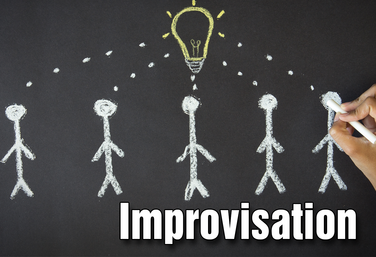
Part of the Drama One Curriculum
Improvisation
by Karen Loftus

Part of the Drama One Curriculum
Commedia Dell'Arte
by Karen Loftus
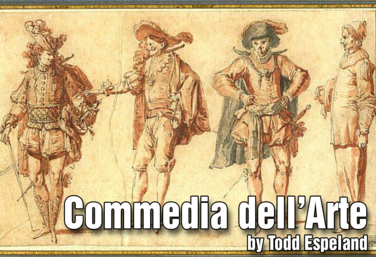
Commedia dell'Arte
by Todd Espeland
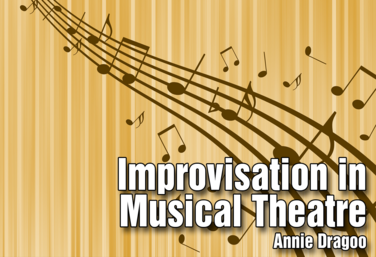
Improvisation in Musical Theatre
by Annie Dragoo

Copyright *Hyperdoc
by Lindsay Price
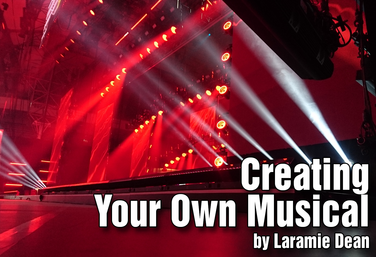
Creating Your Own Musical
by Laramie Dean
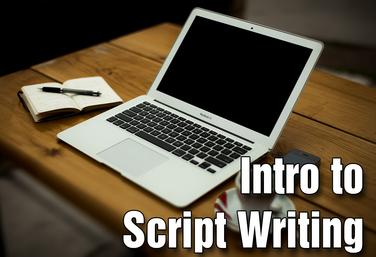
Part of the Middle School Curriculum
Unit Five: Intro to Script Writing
by Lindsay Johnson
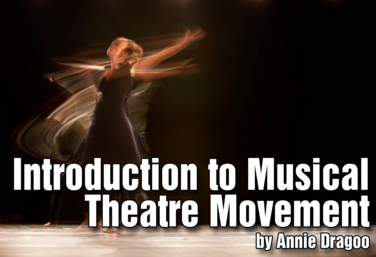
Introduction to Musical Theatre: Movement
by Annie Dragoo
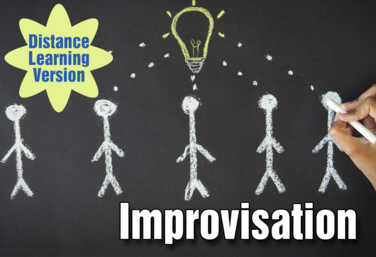
Part of the Distance Learning Curriculum
Improvisation
by Lindsay Price and Karen Loftus
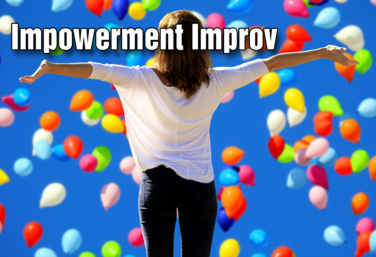
Impowerment Improv
by Jennine Profeta
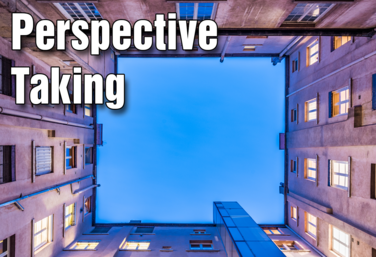
Perspective Taking
by Lindsay Price
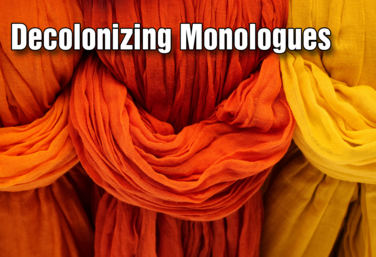
Decolonizing Monologues
by Nicholas Pappas
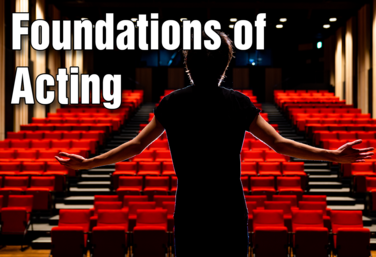
Foundations of Acting
by Annie Dragoo
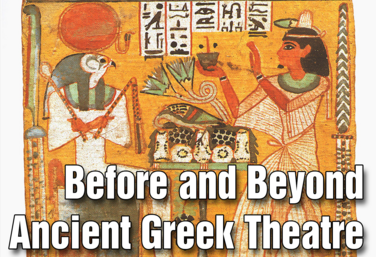
Part of the Theatre History Curriculum
Unit 1: Before and Beyond Ancient Greek Theatre
by Drama Teacher Academy
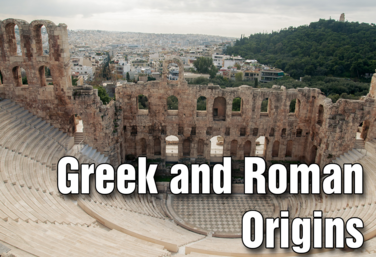
Part of the Theatre History Curriculum
Unit 2: Greek & Roman Origins
by Drama Teacher Academy
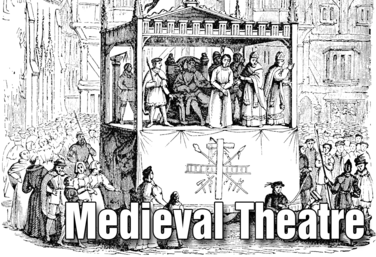
Part of the Theatre History Curriculum
Unit 3: Medieval Theatre
by Drama Teacher Academy
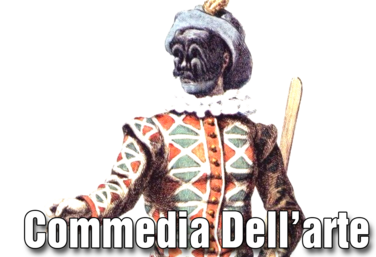
Part of the Theatre History Curriculum
Unit 4: Commedia Dell'Arte
by Drama Teacher Academy
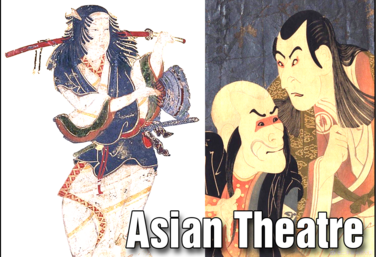
Part of the Theatre History Curriculum
Unit 5: Asian Theatre
by Drama Teacher Academy
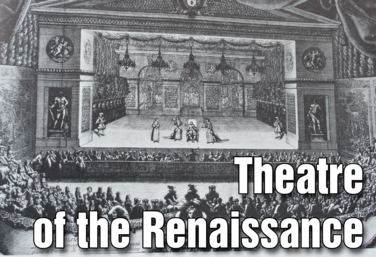
Part of the Theatre History Curriculum
Unit 6: Theatre of the Renaissance
by Drama Teacher Academy
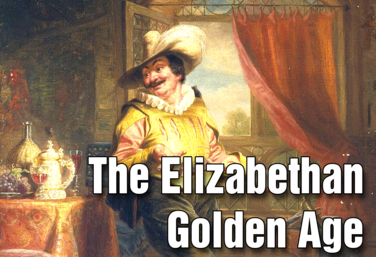
Part of the Theatre History Curriculum
Unit 7: The Elizabethan Golden Age
by Drama Teacher Academy
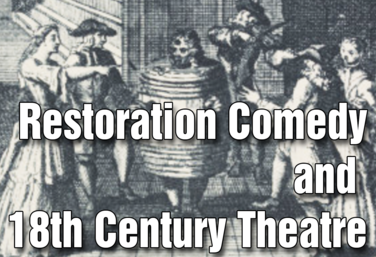
Part of the Theatre History Curriculum
Unit 8: Restoration Comedy & 18th Century Theatre
by Drama Teacher Academy
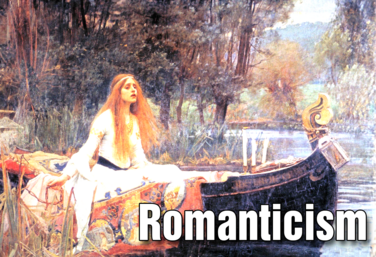
Part of the Theatre History Curriculum
Unit 9: Romanticism
by Drama Teacher Academy
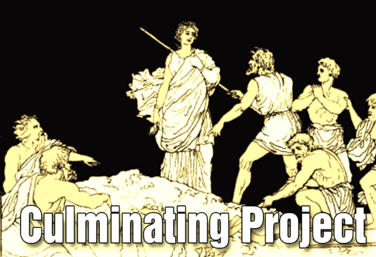
Part of the Theatre History Curriculum
Culminating Project
by Drama Teacher Academy
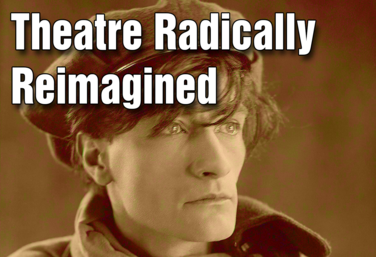
Theatre Radically Reimagined: Exploring Artaud, Grotowski, and Boal
by Ruthie Tutterow
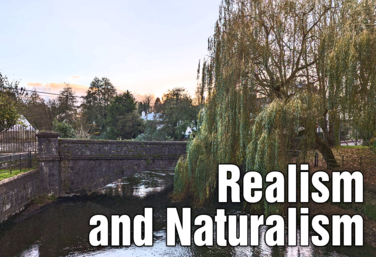.png)
Realism and Naturalism
by Drama Teacher Academy
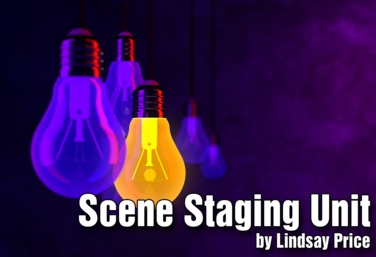
Scene Staging
by Lindsay Price
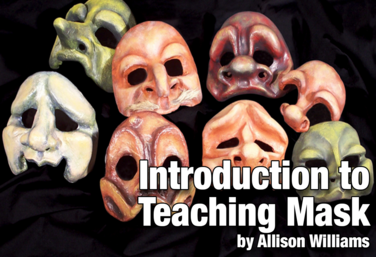
Introduction to Mask
by Allison Williams
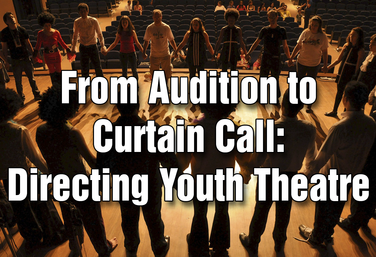
From Audition to Curtain Call: Directing Youth Theatre
by Steven Stack
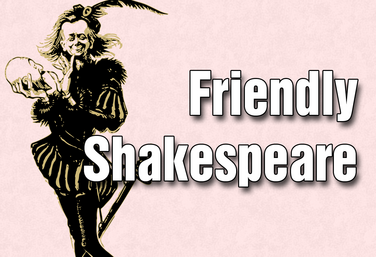
Friendly Shakespeare
by Todd Espeland
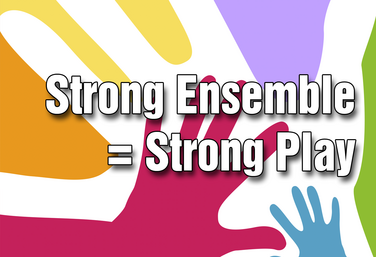
Strong Ensemble = Strong Play
by Craig Mason
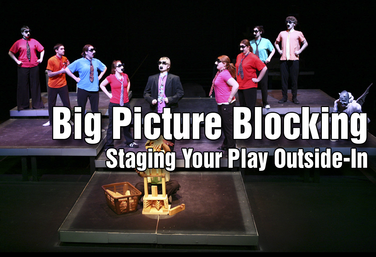
Big Picture Blocking: Staging Your Play Outside-In
by Todd Espeland
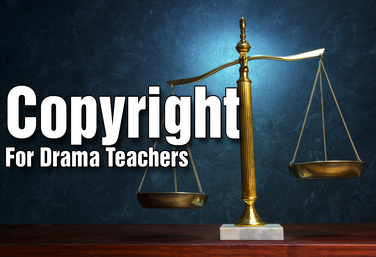
Copyright for Drama Teachers
by Craig Mason
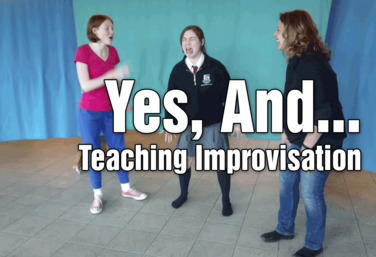
Yes, And... How to Teach Improv
by Jennine Profeta
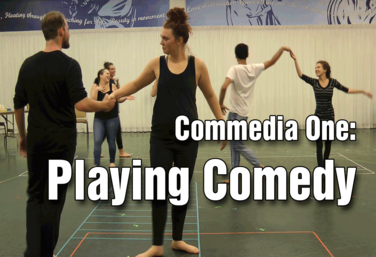
Commedia I: Playing Comedy
by Todd Espeland
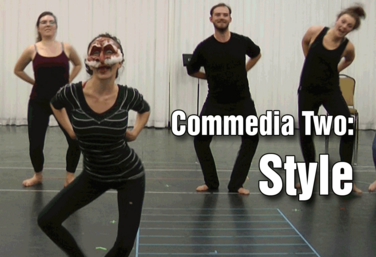
Commedia II: Style
by Todd Espeland
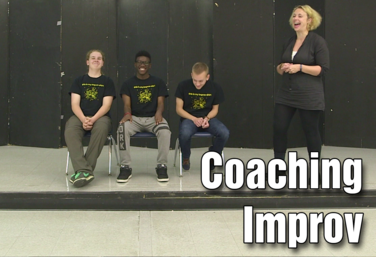
Coaching Improv
by Jennine Profeta

21st Century Skills Through Devising
by Allison Williams
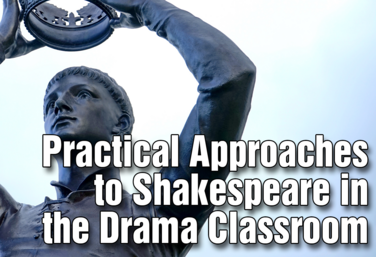
Practical Approaches to Shakespeare in the Drama Classroom
by Julie Hartley
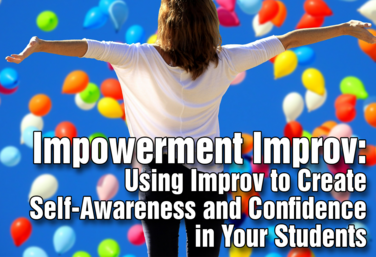
Impowerment Improv
by Jennine Profeta
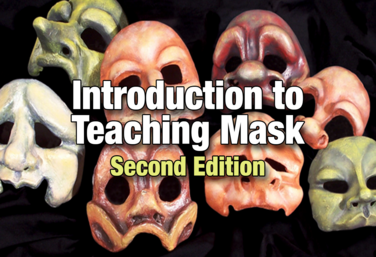
Introduction to Teaching Mask: 2nd Edition
by Allison Williams
View all Standards for Texas Essential Knowledge and Skills for Theatre Arts Standards Master List